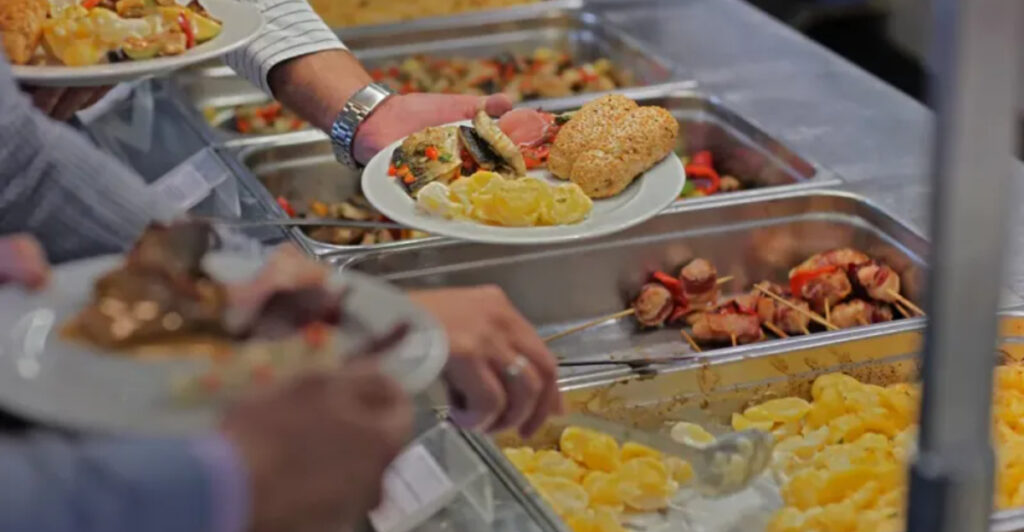Traveling abroad can open your world, but your stomach might not always be on board. After getting sick overseas, I learned the hard way that some foods—though popular—can be sneakier health risks than you’d expect. Here’s a factual look at 12 common foods that travelers should approach with caution.
1. Raw Leafy Greens
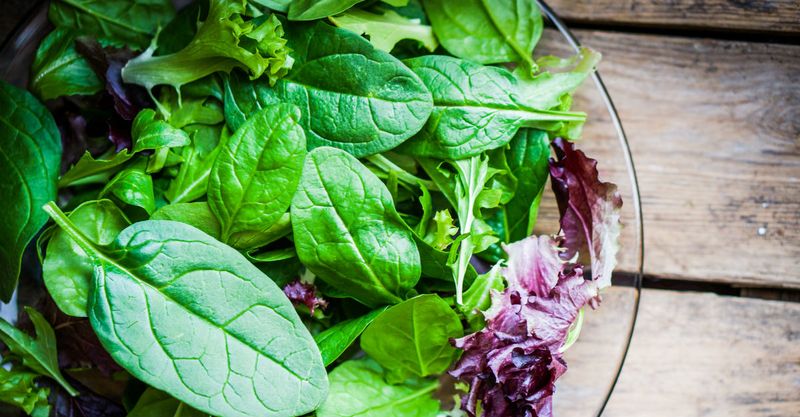
Raw leafy greens like lettuce and spinach are often hailed for their nutritional value. But did you know these greens can harbor harmful microbes? In regions where water treatment is limited, the risk of contamination is heightened.
Imagine ordering a fresh salad in a cozy street-side café. While it looks appetizing, those greens might have been washed in contaminated water. This innocent choice could lead to a not-so-pleasant culinary adventure.
To enjoy these greens safely, consider opting for well-cooked vegetables instead. Cooking can kill potential pathogens, making it a safer alternative.
Interestingly, the concern over raw greens isn’t new. Historical outbreaks of foodborne illnesses have been traced back to these seemingly harmless vegetables.
2. Ice Cubes
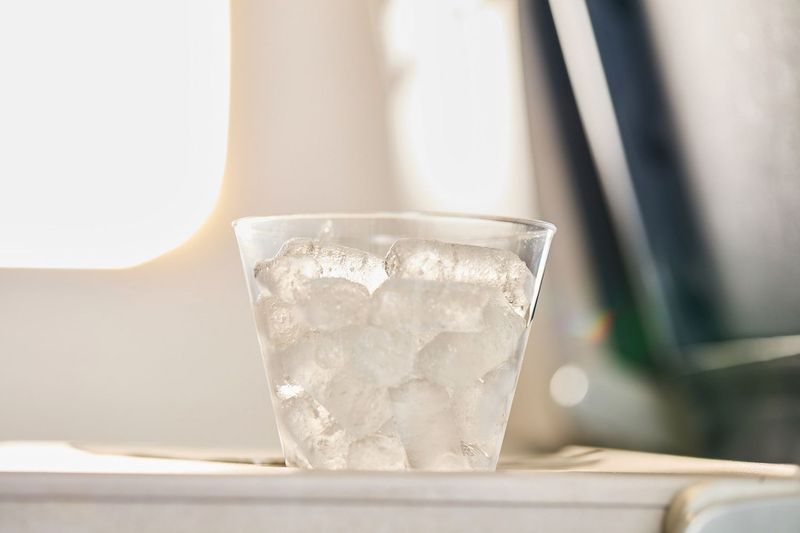
Ice cubes, often taken for granted, can be silent carriers of disease. In many destinations, ice is made from tap water that may harbor bacteria foreign to your immune system. Picture sipping a chilled cocktail by the beach.
Even at upscale restaurants, the ice is not always safe if local water isn’t treated properly. This can turn a delightful dinner into a healthcare hassle.
It’s wise to ask about the source of the ice before indulging. Alternatively, enjoy your beverages without ice or opt for bottled drinks.
Did you know? Ice has been a suspect in numerous travel-related illnesses, prompting savvy travelers to stay ice-free.
3. Unpasteurized Dairy

Unpasteurized dairy products, such as soft cheeses, raw milk, and cream-based sauces, can be tempting delights. Yet, the lack of pasteurization elevates the risk of harboring pathogens like listeria and E. coli.
Imagine sampling a creamy cheese at a local market. Without proper pasteurization, the cheese can be a ticking time bomb for foodborne illness.
Always inquire about the pasteurization process when enjoying dairy abroad. Opting for pasteurized versions can safeguard your health.
Fun fact: Pasteurization was named after Louis Pasteur, a pioneer in microbiology, who invented the method to reduce the risk of spoilage and illness from milk products.
4. Street Vendor Salads
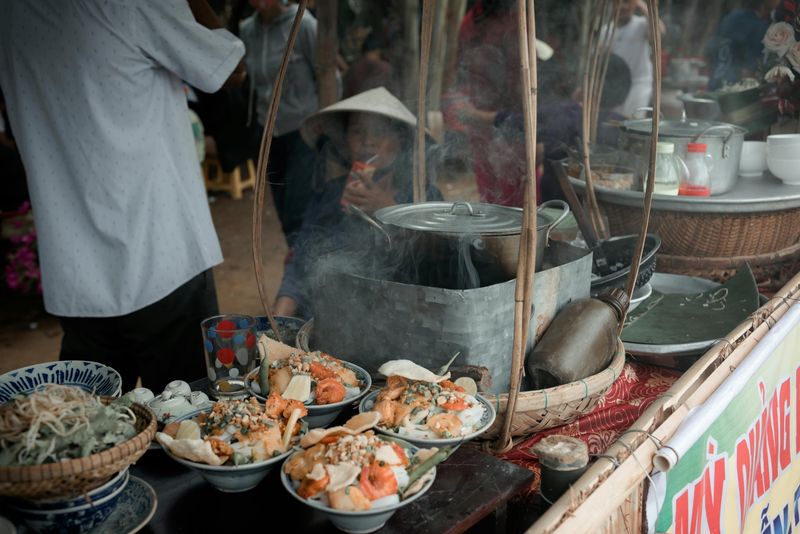
Street vendor salads can be a feast for the eyes with their vibrant colors and fresh ingredients. These enticing dishes, however, might carry hidden risks if not handled properly.
Consider a bustling market where salads are prepared in open-air stalls. The greens could be washed in contaminated water or exposed to heat, which could be an invitation to bacteria.
If you can’t resist, ensure the vendor adheres to proper hygiene practices. Alternatively, enjoy cooked dishes that are less likely to harbor bugs.
A quirky fact: Street vendors often have unique recipes, but these can sometimes lead to unintended health adventures.
5. Shellfish
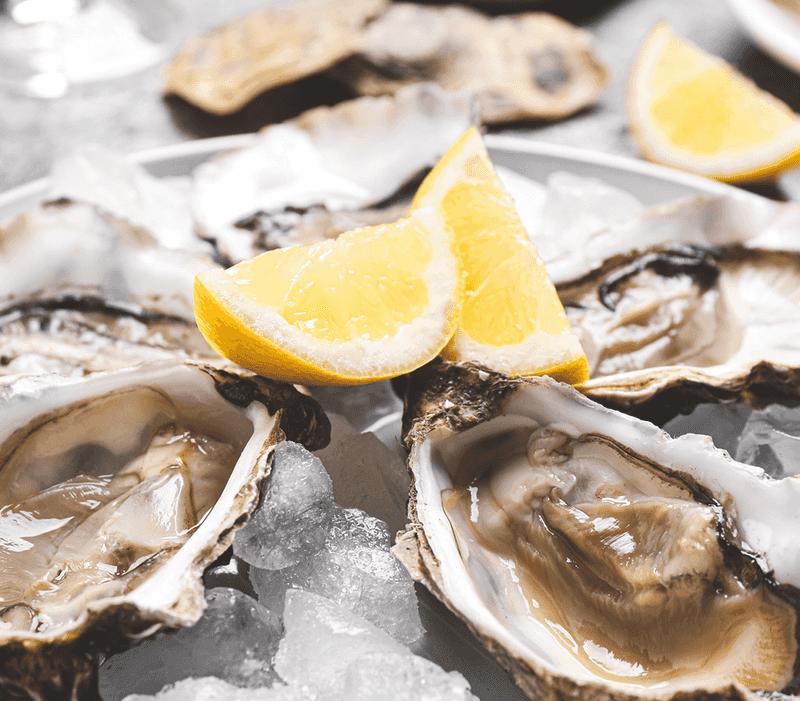
Shellfish, like mussels and clams, are delicacies that can bring ocean flavors to your plate. However, they filter water through their systems, which can make them carriers of harmful bacteria.
Picture a seafood platter by the seaside. While it promises a gourmet experience, the risk of contamination in warm or polluted waters is significant.
Ensure shellfish are cooked thoroughly before indulging. This step can reduce the likelihood of foodborne illnesses.
Did you know? Shellfish are often subject to red tide events, seasonal algal blooms that can render them toxic and unsafe to consume.
6. Buffet Foods
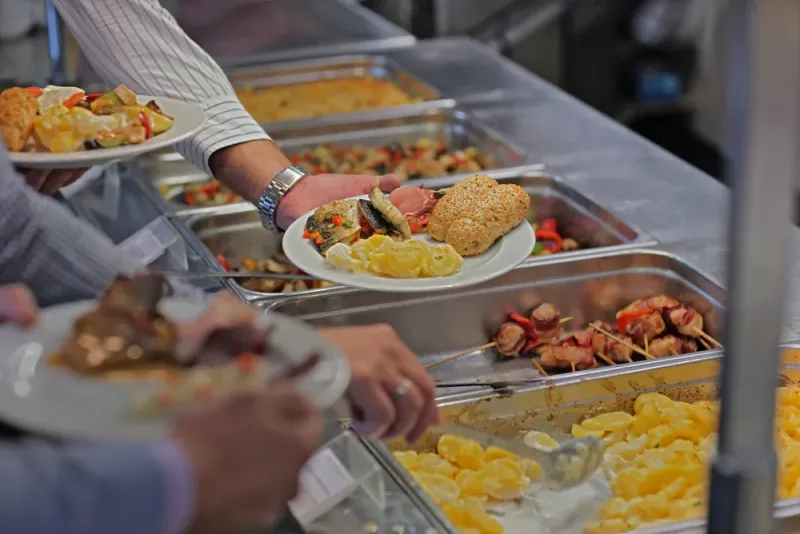
Buffet foods often promise variety and abundance, but they can be breeding grounds for bacteria if left unrefrigerated. Imagine selecting dishes from a lavish buffet.
These foods may sit in the “danger zone” between 40°F and 140°F for hours, creating perfect conditions for salmonella and other pathogens to multiply.
It’s wise to choose freshly prepared items or those that have been kept at safe temperatures. Remember, abundance should not come at the cost of health.
Fun fact: Buffets originated from the Swedish tradition of brännvinsbord, a type of smorgasbord, where diners helped themselves to abundant spreads.
7. Undercooked Eggs

Undercooked eggs are a breakfast favorite, but they can pose risks due to varying food safety standards abroad. Consider a runny omelet in a charming street café.
While it may be delicious, the risk of salmonella is a concern if the eggs aren’t fully cooked.
To minimize risk, opt for dishes with thoroughly cooked eggs or verify the source and handling. It’s a simple step to ensure your travel meals are both enjoyable and safe.
Did you know? The British Lion mark on eggs signifies that the hens are vaccinated against salmonella, reducing the associated risks.
8. Fresh Fruit with Skin
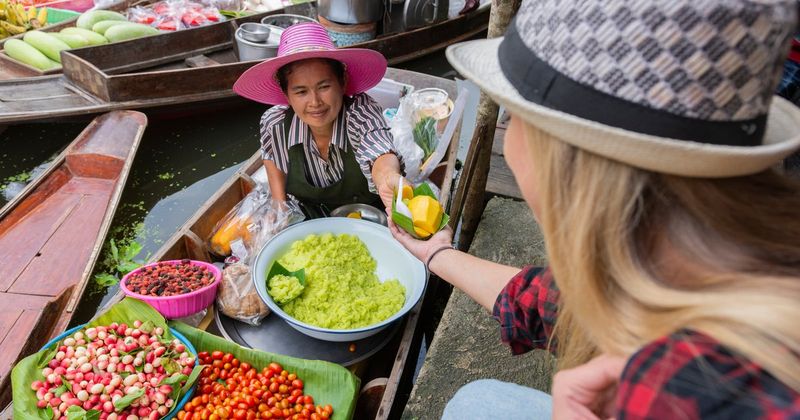
Fresh fruit with skin, like apples or mangoes, is tempting in tropical locales. However, handling without gloves or washing in questionable water can introduce contaminants.
Picture biting into a juicy mango by the beach. If not peeled by you, the fruit might carry unwanted microbes.
To enjoy fruits safely, peel them yourself or choose those that have been handled with care. Avoiding pre-sliced options is a prudent choice.
Fun fact: In many cultures, fruit peeling is an art form, and it’s a skill worth mastering for travelers keen on safety.
9. Cold Meats and Charcuterie
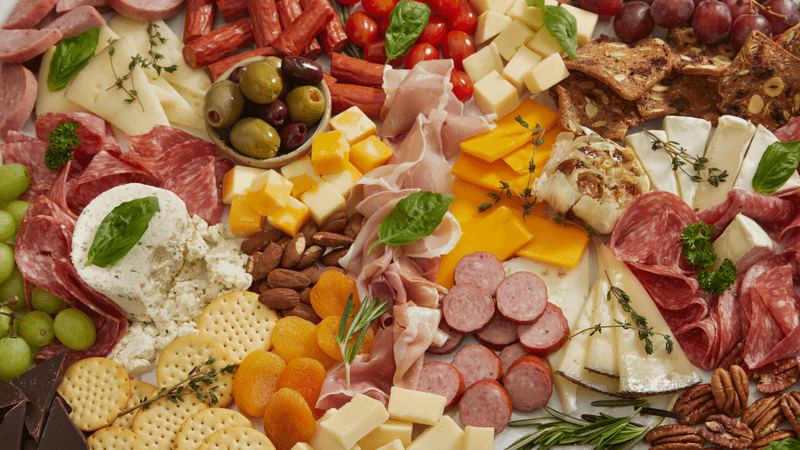
Cold meats and charcuterie can offer a delightful culinary experience. But without proper refrigeration, they can spoil quickly.
Think of a rustic picnic with these delicacies. In some countries, preservation methods may be less stringent, raising the risk of listeria and staph infections.
Ensure meats are stored properly and consumed fresh. If in doubt, opt for freshly cooked alternatives.
Did you know? Charcuterie boards have been around since the Roman Empire, where cured meats were a staple in preserving food.
10. Sushi
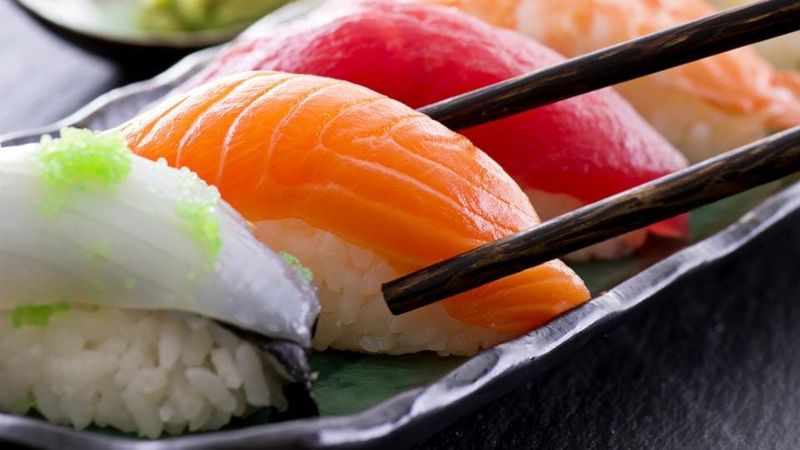
Sushi, with its delicate flavors, is a favorite worldwide. However, raw fish can be a bacterial landmine if not stored or handled properly.
Imagine enjoying sushi in an unfamiliar city. Unless it’s a trusted establishment, it’s wise to skip raw fish.
Opt for vegetarian options or cooked rolls to enjoy sushi without the risk. Awareness of the restaurant’s reputation can also be a valuable guide.
Fun fact: Sushi originally began as a method of preserving fish in fermented rice, a far cry from today’s culinary art form.
11. Homemade Sauces and Salsas
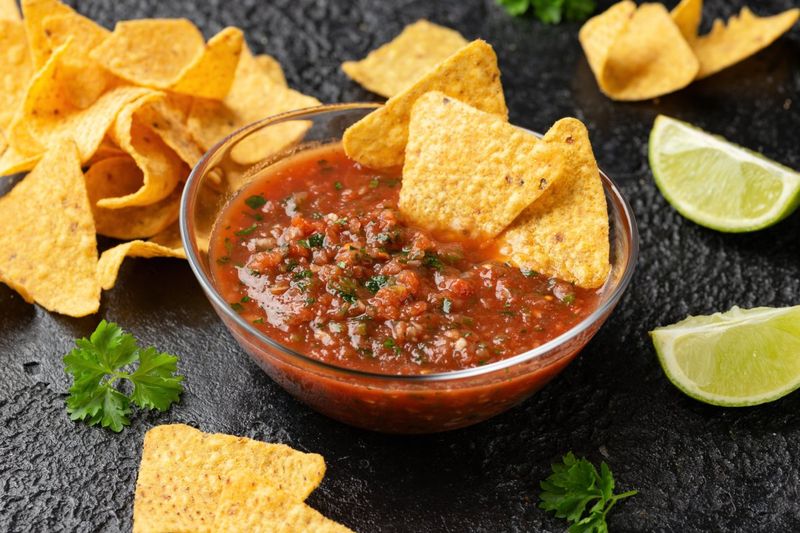
Homemade sauces and salsas bring vibrant flavors to meals but can harbor bacteria if sitting out too long. Picture that spicy salsa at a street festival.
If made with raw ingredients like tomatoes or onions, it might be a haven for foodborne pathogens.
Enjoy these condiments freshly made or opt for commercially prepared options that are safer. It’s a small step that ensures culinary delight without the health risks.
Did you know? Salsa overtook ketchup in the U.S. as the favorite condiment, highlighting its popular appeal.
12. Tap Water (and What It Touches)
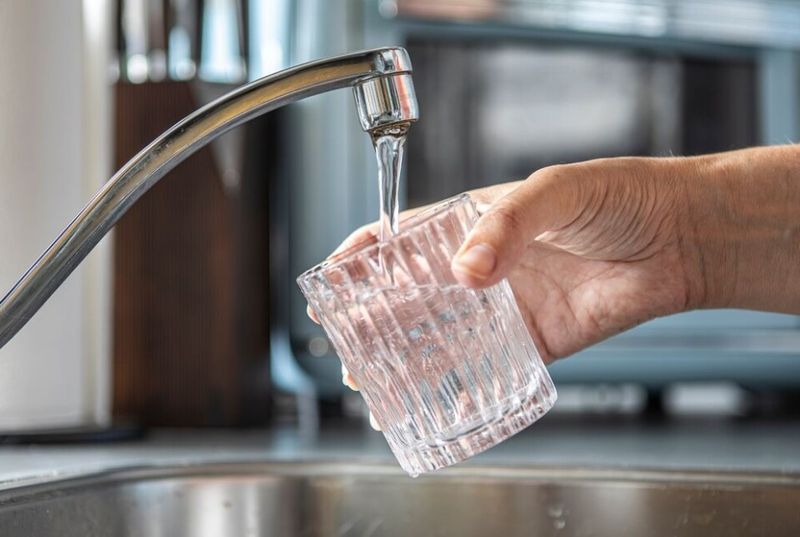
Tap water, seemingly harmless, can pose significant risks in some countries. Consider brushing your teeth or rinsing fruit.
In areas with improper water treatment, this simple act can introduce unfamiliar microbes to your system.
Use bottled water for drinking and brushing, and ensure fruits are washed in safe water. Taking these precautions can prevent unwanted travel disruptions.
Fun fact: The term “Montezuma’s revenge” humorously refers to the traveler’s diarrhea caused by drinking contaminated water in foreign lands.

